Birds bring life, color, and song to our gardens while helping control pests and pollinate plants. Creating a bird-friendly garden isn’t just about hanging a feeder—it’s about thoughtful planning that supports local bird populations throughout the changing seasons. By understanding the needs of native birds in your area and adapting your garden accordingly, you can create a sanctuary that provides food, shelter, and nesting sites year-round. This comprehensive guide will help you transform your outdoor space into a haven for local birdlife, benefiting both the birds and your garden’s ecosystem.
Understanding Your Local Bird Population
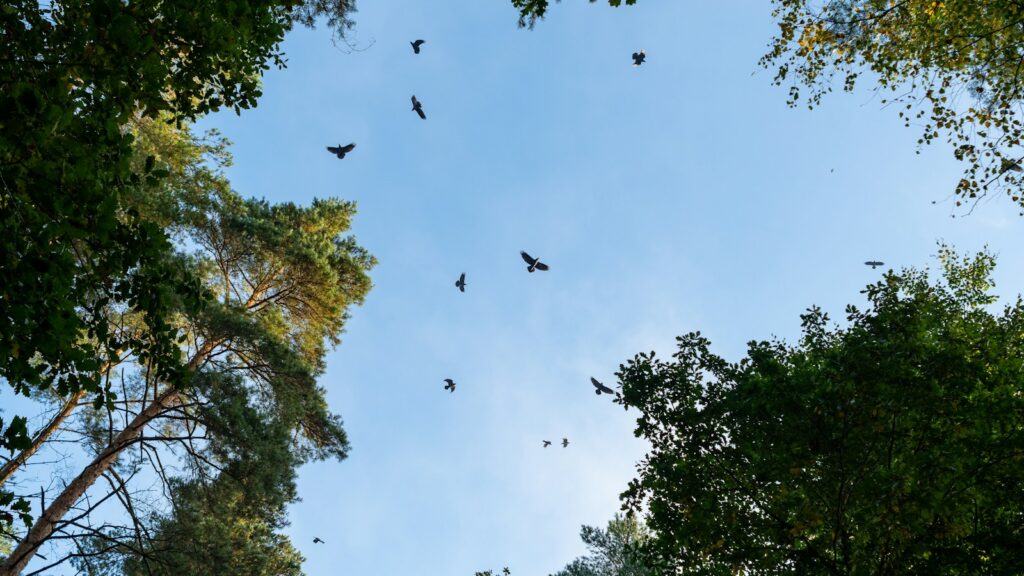
Before making any changes to your garden, it’s essential to understand which bird species are native to your region and what their specific needs are throughout the year. Local bird guides, nature centers, and bird-watching groups can provide valuable information about the species in your area and their seasonal patterns. Many regions have bird conservation organizations that offer resources specifically tailored to supporting local species.
Observing your garden over time will also help you identify which birds already visit and what might attract others. This baseline knowledge will inform all your future garden planning decisions and help you create a truly supportive environment for your feathered neighbors.
Spring Planning: Supporting Nesting Season
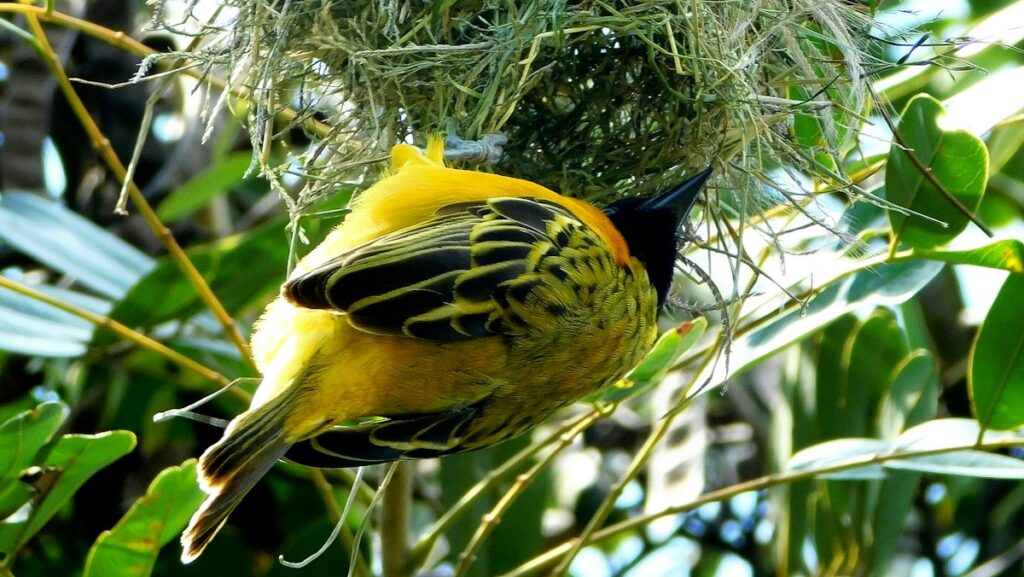
Spring is a crucial time for birds as they build nests and raise their young. Leave early-blooming native plants uncut during this period, as they provide essential nesting materials for many species. Dense shrubs and trees offer protected places for birds to build nests, so consider planting varieties like dogwood, serviceberry, or native conifers that provide good coverage. Avoid heavy pruning during nesting season as you might unknowingly disturb active nests.
Some birds, like chickadees and wrens, readily use nesting boxes, which you can install in late winter before breeding season begins. Remember that different species prefer different nest box specifications, so research what works best for birds in your area.
Summer Garden Features: Providing Water Sources
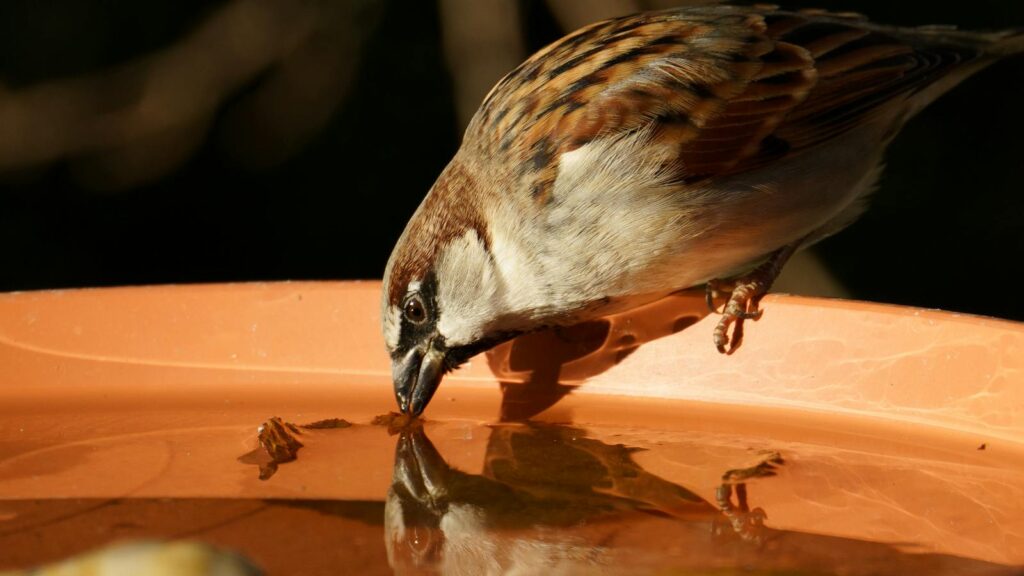
Water becomes especially important during hot summer months when natural sources may dry up. Bird baths should be shallow (no more than 2-3 inches deep) with rough-textured bottoms to provide secure footing. Position water features near shrubs or trees that offer quick escape routes from predators, but not so close that cats can hide and ambush bathing birds. Moving water attracts birds more effectively than still water, so consider adding a small solar fountain or dripper to your bird bath.
Remember to change the water every few days and clean the bath regularly to prevent the spread of diseases. During extreme heat waves, providing multiple water sources throughout your garden can be a lifesaving resource for local birds.
Fall Preparations: Creating Food Sources for Migration and Winter
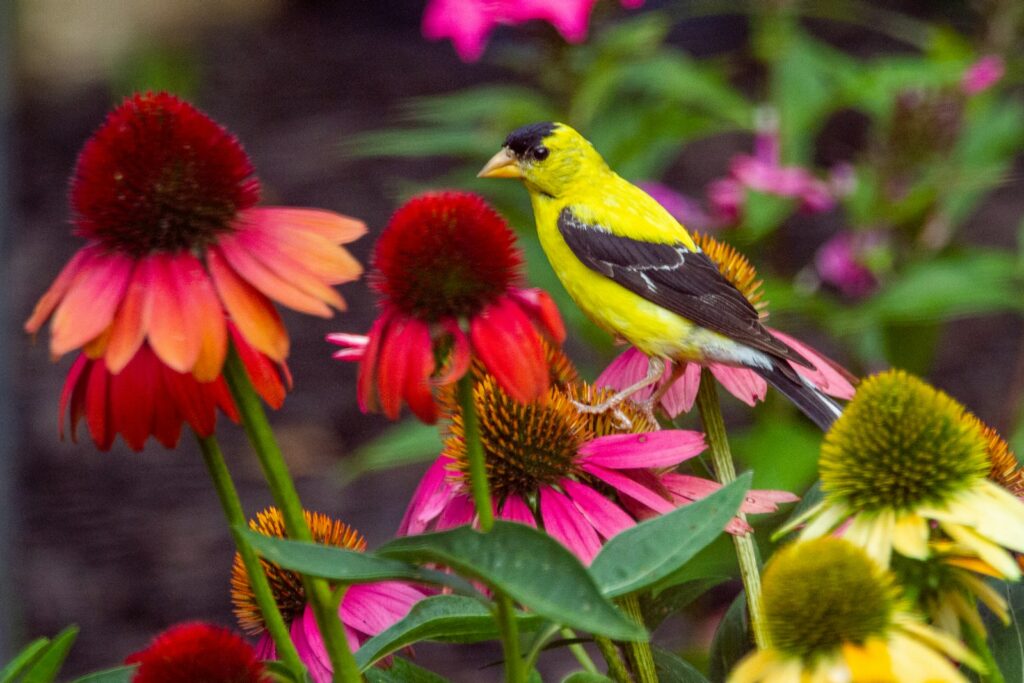
Fall is the time to let your garden become slightly “messy” in preparation for winter. Allow seed heads on flowers like coneflowers, black-eyed Susans, and sunflowers to remain uncut as they provide natural food sources during migration and winter months. Native berry plants like viburnums, elderberries, and holly offer critical nutrition when insects become scarce. Consider planting a variety of species that fruit at different times to extend the food supply throughout fall and winter.
Leaving leaf litter in some areas of your garden creates foraging opportunities for ground-feeding birds like thrushes and towhees. This approach not only helps birds but also supports beneficial insects that birds rely on for protein.
Winter Strategies: Shelter and Supplemental Feeding
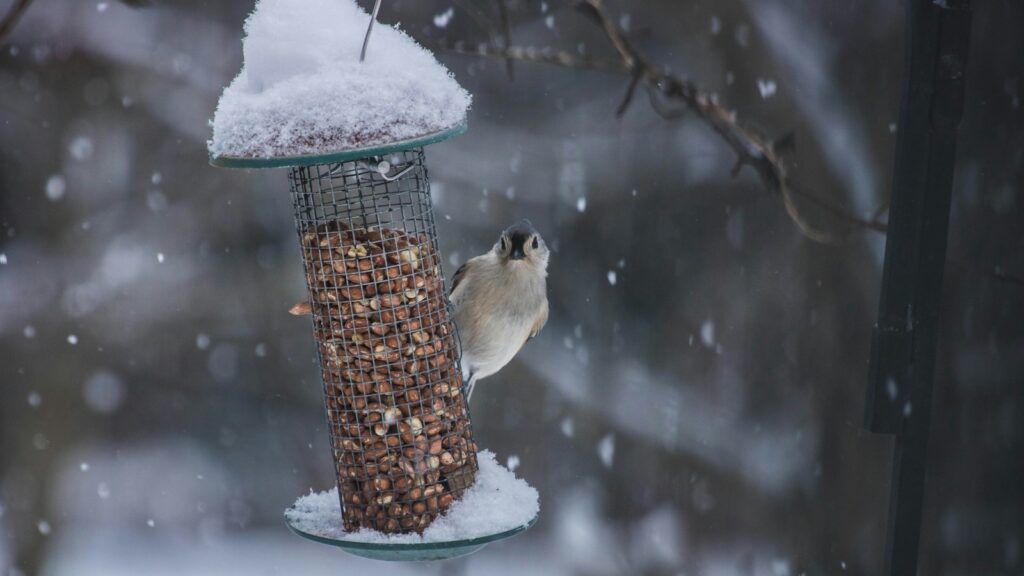
Winter presents significant challenges for resident birds that don’t migrate, with both food scarcity and harsh weather conditions threatening their survival. Evergreen trees and shrubs provide crucial windbreaks and roosting sites during cold weather, so include plants like junipers, pines, and native hollies in your landscape. Brush piles created from fallen branches and garden trimmings offer excellent shelter for birds during storms and protection from predators.
When providing supplemental food, choose high-energy options like black oil sunflower seeds, suet, and peanuts that help birds maintain their body temperature in cold weather. Establish a reliable feeding schedule during winter months, as birds will come to depend on your feeders as part of their survival strategy during food-scarce periods.
Native Plant Selection for Year-Round Bird Support
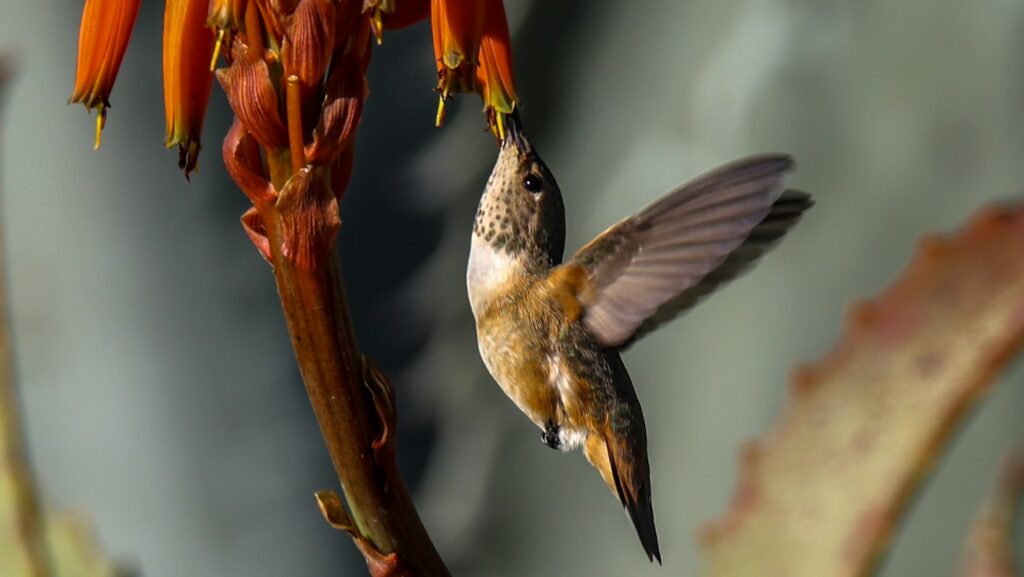
Native plants form the foundation of a truly bird-supportive garden because they’ve evolved alongside local bird species and provide appropriate food and shelter. Research shows that native plants support significantly more caterpillars and insects than non-natives, providing the protein-rich food that most birds need to feed their young. Consider the complete life cycle of birds when selecting plants—some provide spring nectar for hummingbirds, others summer fruits for migrating species, and still others offer winter seeds for resident birds.
Create vertical diversity in your garden with a mixture of ground covers, shrubs, and trees to accommodate birds that feed and nest at different heights. Regional native plant societies can provide specific recommendations for bird-friendly species that will thrive in your particular growing conditions.
Creating Natural Insect Habitats
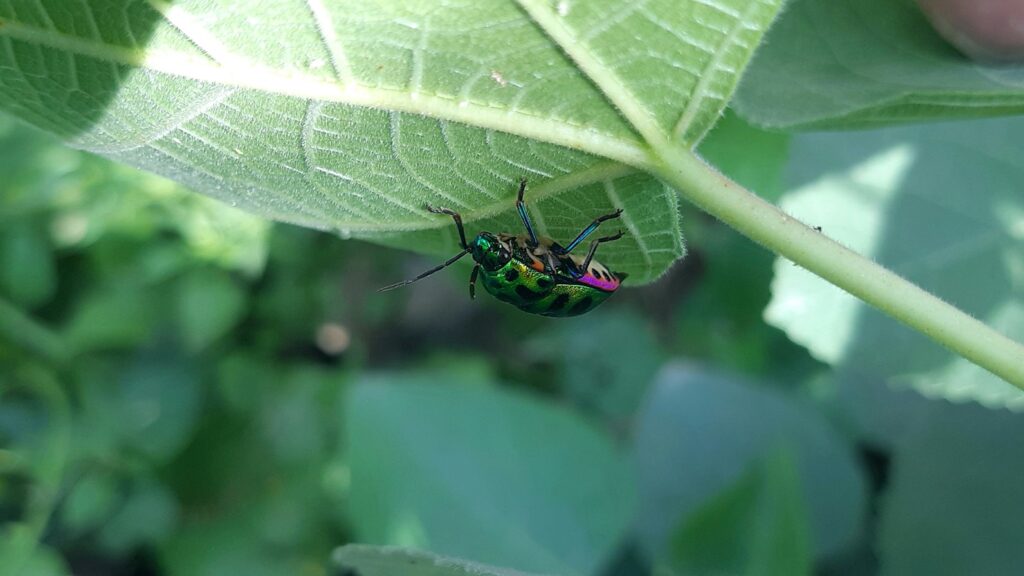
Insects form a critical part of most birds’ diets, especially during breeding season when protein-rich food is essential for growing chicks. Reduce or eliminate pesticide use in your garden, as these chemicals reduce insect populations and can be directly toxic to birds that consume affected insects. Create insect-friendly habitats by leaving some areas of bare soil for ground-nesting bees and maintaining small brush piles that harbor beetles and other arthropods.
Consider installing a small wildlife pond with native aquatic plants to support dragonflies, midges, and other water insects that attract insectivorous birds like swallows and flycatchers. Log piles and dead wood left in place (where safe to do so) become home to wood-boring insects that woodpeckers and nuthatches feed on year-round.
Designing Multi-Season Berry Production
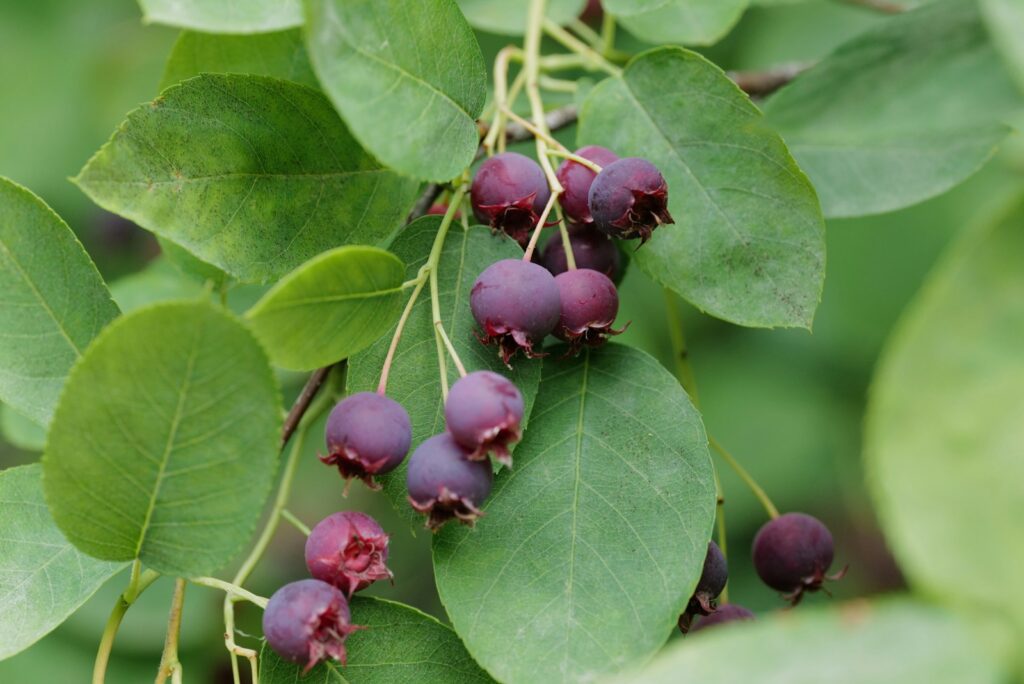
Berrying plants provide essential nutrition for birds, but their value increases dramatically when you plan for continuous fruit production across seasons. Early-fruiting species like serviceberries and wild cherries feed birds during summer when other food is plentiful but help diversify their diet. Fall-fruiting plants like dogwoods and viburnums support migrating birds making their long journeys south.
Winter-persistent fruits from plants like winterberry holly, bayberry, and certain viburnums become crucial survival food during the leanest months of the year. Some birds, like cedar waxwings and robins, specifically seek out berry-producing plants, making these additions particularly effective at increasing bird diversity in your garden. Consider creating a dedicated hedgerow or border of mixed native fruiting plants for maximum bird-feeding benefit.
Balancing Tidiness with Wildlife Needs
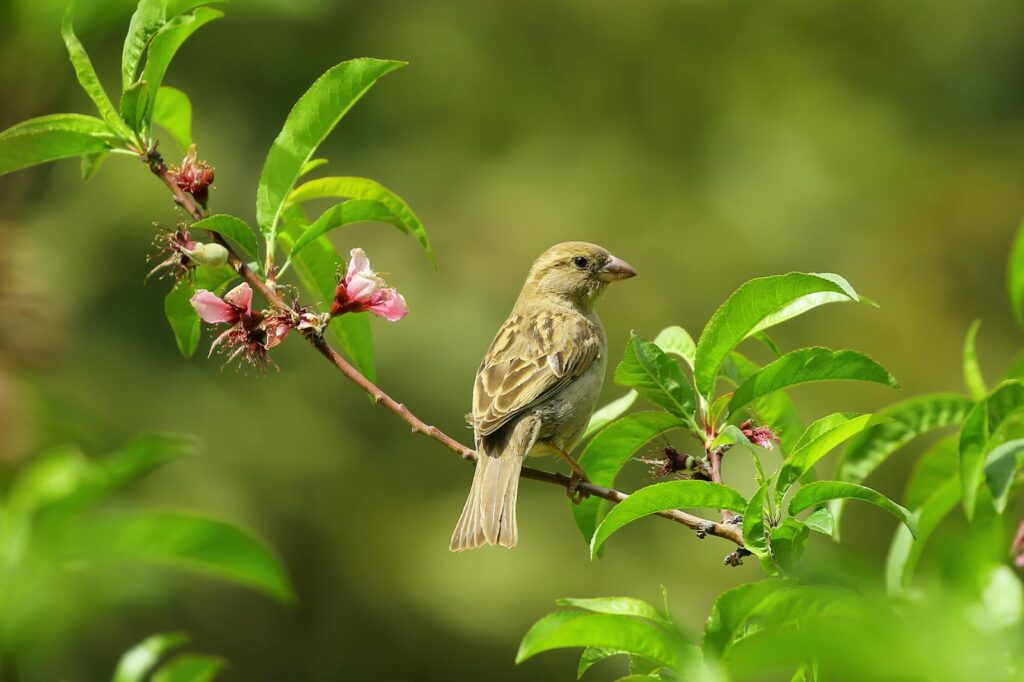
One of the biggest challenges for gardeners supporting birds is reconciling our cultural preference for “tidy” gardens with the somewhat messier reality of wildlife-friendly spaces. Consider designating certain areas of your garden as deliberately wildlife-focused, where seed heads remain uncut and leaf litter accumulates naturally. In more visible areas, you can practice “tidier” wildlife gardening by selecting plants with neater growth habits while still providing ecological benefits.
Leaving plant stalks standing through winter not only provides seed sources but also creates overwintering habitat for beneficial insects that birds will feed on in spring. Remember that even small changes, like waiting until late spring to cut back perennials or creating a single brush pile in a back corner, can significantly benefit birds without drastically changing your garden’s appearance.
Managing Garden Maintenance Timing

When you perform garden maintenance is often as important as what you do. Spring cleaning of garden beds is best delayed until temperatures have been consistently above 50°F (10°C) for several days, allowing overwintering insects to emerge and become available as bird food. Hedge trimming should be avoided during primary nesting season (typically April through July in the Northern Hemisphere) to prevent accidentally destroying active nests.
Fall cleanup can be minimal in bird-friendly gardens, with seed heads and plant stalks left standing through winter. When pruning must be done, schedule it for late winter before nesting begins or in late summer/early fall after young have fledged. This thoughtful timing of garden tasks creates a garden that remains attractive while maximizing its wildlife support value throughout the seasons.
Reducing Garden Hazards for Birds
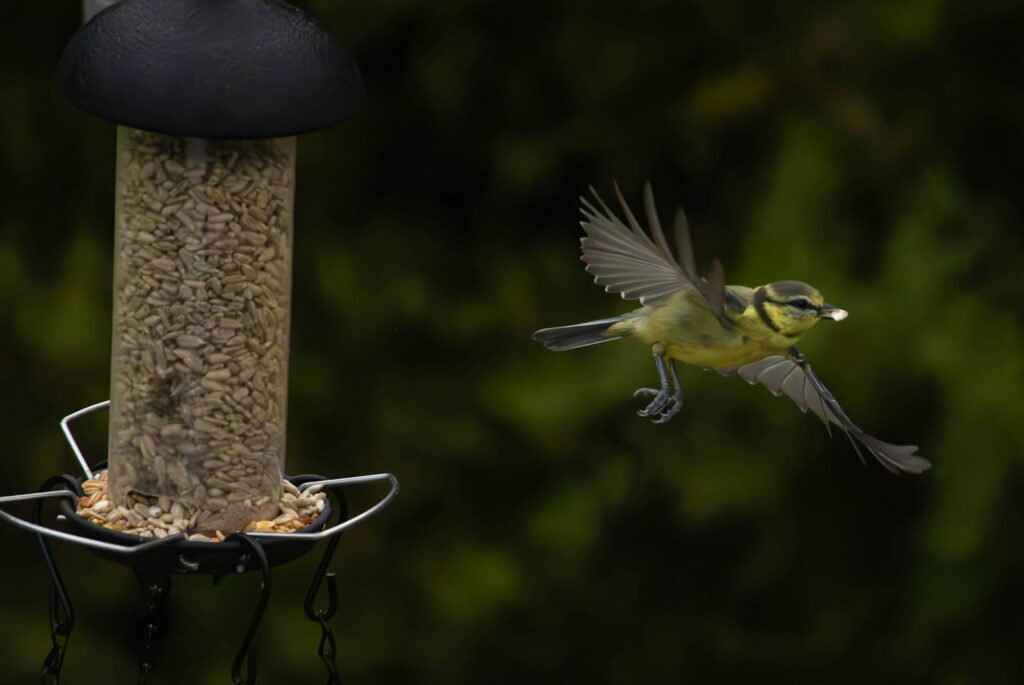
A truly bird-friendly garden minimizes potential dangers while maximizing resources. Window collisions kill millions of birds annually, so consider applying window decals, screens, or breaking up reflections with external features to prevent these tragic accidents. Keep cats indoors or create a catio that allows them outdoor time without endangering birds.
Position bird feeders either within three feet of windows (too close for birds to gain fatal momentum) or more than 30 feet away (allowing birds to recognize and avoid the glass). Avoid using pesticides and herbicides that can poison birds directly or reduce their food sources. Be cautious with netting over fruit trees and berry bushes, ensuring it’s pulled taut so birds don’t become entangled while trying to access the fruit.
Community Collaboration for Bird Corridors
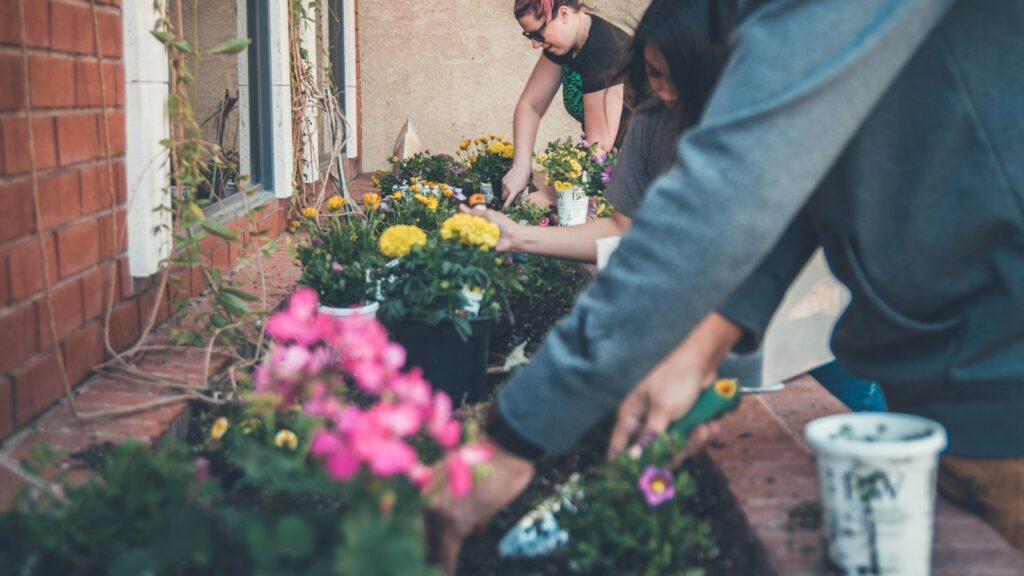
Individual gardens become exponentially more valuable to birds when they connect to form wildlife corridors through neighborhoods. Talk with neighbors about your bird-friendly gardening efforts and share extra native plant divisions to help them start their own bird habitats. Consider organizing a neighborhood native plant share or bird garden tour to spread knowledge and enthusiasm about supporting local birdlife.
Work with local schools or community gardens to incorporate bird-friendly features in public spaces. Some communities have formal certification programs for wildlife-friendly properties that can increase visibility and participation. Together, connected gardens create a patchwork of habitats that allow birds to move safely through developed areas, accessing more resources than any single garden could provide.
Documenting and Celebrating Your Garden’s Bird Diversity

Keep a journal or digital record of bird species that visit your garden throughout the seasons to track how your garden improvements affect bird diversity over time. Participating in citizen science projects like eBird, Project FeederWatch, or the Great Backyard Bird Count helps contribute valuable data to scientific research while helping you learn more about your avian visitors.
Photography can provide both documentation and personal enjoyment as you capture birds using the habitat you’ve created. Sharing your successes with family, friends, and social media communities can inspire others to create their own bird-friendly gardens. Remember that even attracting one new species or supporting a nesting pair represents a meaningful contribution to bird conservation efforts.
Conclusion
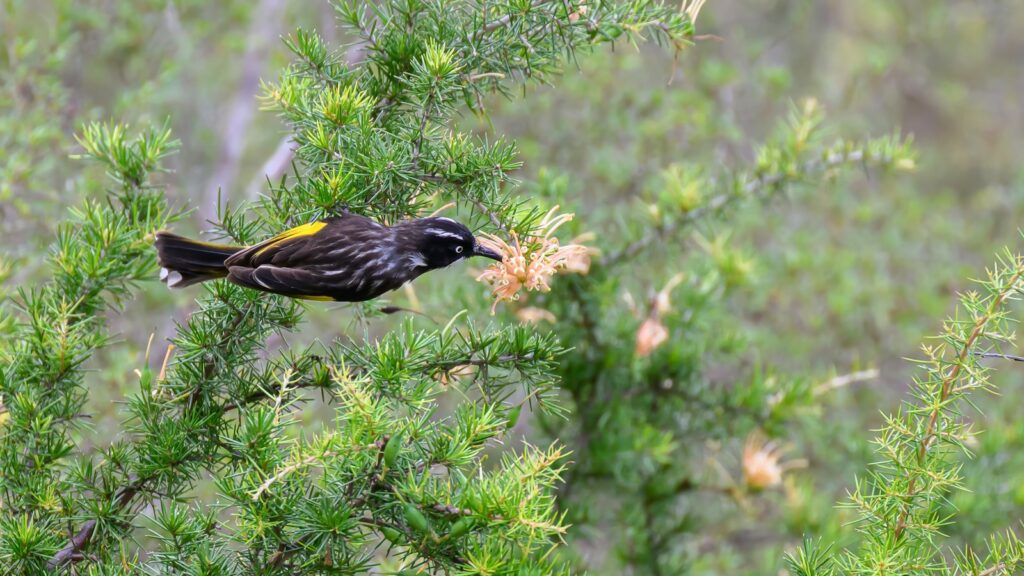
Creating a garden that supports local birdlife throughout the seasons is an ongoing journey that evolves as you learn more about your avian visitors and the local ecosystem. Your efforts, whether small additions to an existing garden or complete landscape transformations, make a tangible difference in bird conservation at a time when many species face significant habitat loss.
The rewards extend far beyond helping birds—you’ll enjoy increased garden biodiversity, natural pest control, and the simple joy of observing wild birds up close as they interact with the environment you’ve created. By thinking seasonally and planning with intention, your garden can become a vital sanctuary for local birdlife year after year.
